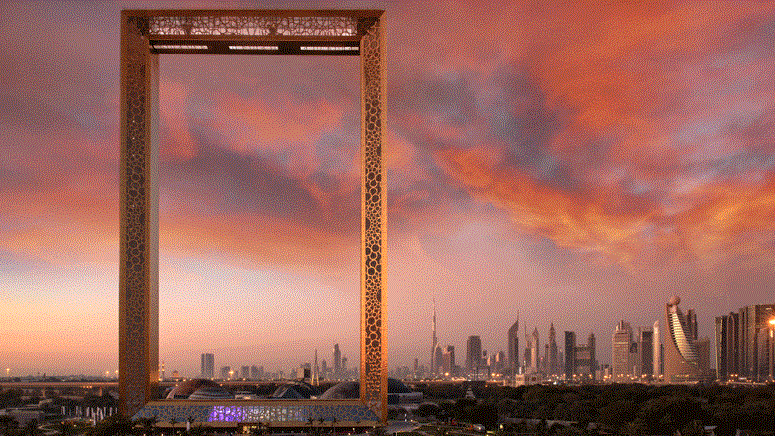Middle East tourism economy readies to reopen

Regional tourism markets are slightly ahead of global peers as borders reopen for international travellers
The immediate business impact of precautionary measures against Covid-19 was felt most deeply by the tourism industry in the Middle East.
Asset owners and operators in the aviation, retail and hospitality industries have recorded significant losses since airports were closed and lockdowns were imposed in March.

Regional real estate owners may find respite in the months ahead as the Middle East tourism sector readies to reopen before its global peers.
As of 3 June, shopping malls have been permitted to operate at full capacity in Dubai.
The decision comes as a respite after retail spaces, a critical driver of the tourism economy in Dubai, were temporarily closed in late-March, and later allowed to accept customers in low numbers.
Elsewhere, Saudi Arabia’s first Unesco World Heritage Site, Al-Ula, is being readied to reopen in October.
Earlier this week, domestic travel also resumed in the kingdom, which is among the worst-hit countries for Covid-19 in the Middle East.
Hospitality impact
These developments follow a short period of severe deterioration in the regional tourism sector.
In the hospitality segment, the Middle East has struggled with low average daily rates (ADR) at hotels since the oil crash of 2014 and continued supply growth.
US-based STR Global’s data shows Covid-19 has accelerated declines in both rate and occupancy.
The occupancy rate for hotel rooms in Middle East dropped by 16.7 per cent year-on-year during the first quarter of 2020.

The ADR for rooms declined by 7.9 per cent to $136, with the revenue per available room (RevPAR) down by 23.2 per cent year-on-year at $80.
Riyadh reported the highest absolute occupancy level (66 per cent) in the Middle East for the week ending 3 May.
While regional hoteliers have felt the impact of Covid-19, the easing of curbs on domestic travel is starting to improve recovery prospects.
Research from Colliers International this May revealed the percentage of bookings to Abu Dhabi within a 48-kilometre radius increased from 20 per cent in January to 43 per cent in March.
In Dubai, the figure grew from 19 per cent to 36 per cent during the same period, suggesting that staycations will drive early recovery in the hospitality sector.
Reopening rush
Data by the World Tourism Organisation (WTO) shows that destinations in the Middle East are reopening at a quicker pace than their regional counterparts.
As of 18 May, more than 65 per cent of destinations in regions covered by the WTO remained completely closed to tourism.
The highest number of closed destinations was in the Americas (86 per cent), followed by Europe and Africa (74 per cent each), the Middle East (69 per cent) and Asia-Pacific (Apac; 67 per cent).
Destination-specific travel restrictions were being applied in the Apac (11 per cent), Africa (6 per cent) and American (4 per cent) regions.
However, no destination in Europe nor in the Middle East was applying this type of measure by mid-May.
The WTO said earlier this week that global negotiations are under way on different approaches to reopening international tourism, such as the complete opening of borders, bilateral agreements with neighbouring countries and the creation of so-called ‘bubbles’ or ‘tourism corridors’.

Emirates president Tim Clark said on 1 June that he hoped international tourists could start visiting Dubai by July.
On the same day, Sheikh Hamdan bin Mohammed bin Rashid al-Maktoum, the Crown Prince of Dubai and chairman of the Executive Council, reviewed plans to revive tourism in the city.
Reopening borders is critical for recovery in the Middle East’s key tourism markets, including the UAE, Egypt, Jordan and Oman.
Saudi Arabia is also a crucial component in the wider regional tourism mix given the religious significance of the two holy mosques.
The Hajj and the year-round Umrah pilgrimages generate $12bn in revenues from worshippers’ lodging, transport, gifts, food and fees for Saudi Arabia, according to a 2017 Reuters report citing BMI Research.
Saudi Arabia said 1.85 million pilgrims from more than 160 different countries had traveled to the kingdom for Hajj in 2019, with 634,000 pilgrims joining from within the country.
As such, the reopening of borders is urgently needed to provide impetus for the recovery of the regional tourism sector.



